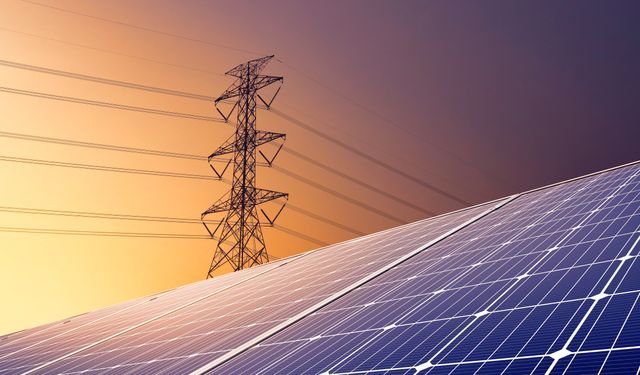What’s ahead for investors in infrastructure? Ropes & Gray lawyers gained insights from attending the Infralogic Investors Forum in New York, held on April 18. We heard experts in the global infrastructure and energy transition investment community discuss the state of the market, the most promising investment opportunities and trends that will continue to fuel the need for investment in infrastructure for years to come.
Here are some observations we’d like to share.
- Dealmaking environment will remain tempered. There was broad consensus among panelists that even with the capital markets opening up, 2024 will be another relatively quiet year for dealmaking due to the persistence of high interest rates, high inflation and geopolitical instability. Even against the challenging macroeconomic backdrop, however, investors across the board remained bullish on investment opportunities in infrastructure, especially in the fields of energy transition, renewable power generation and digital infrastructure.
- Structured deals are a tool in the toolbox to get deals done. Commentators noted that asset values remain high and shared that they have had the most success in bridging the gap between buyer and seller expectations to get deals done by employing creative deal structures, such as making investments in junior debt, preferred equity and other structured equity.
- The increasing need for power driven by secular tailwinds continues to drive the need for investment in infrastructure. Panelists cited the onshoring/nearshoring of manufacturing in the U.S., the energy requirements of Artificial Intelligence (AI) technologies and the general increase in electrification needs (including due to the growing population of electric vehicles), in combination with the planned retirement of power plants, as drivers of opportunity in the market. A few panelists noted in particular that the energy transmission sector was in the greatest need of investment (“there’s no energy transition without transmission”).
- Asset-backed securitization (ABS) continues to remain a good option for digital infrastructure assets. The ABS market remains a good option to address the enormous demand for capital to finance digital infrastructure projects. We saw this firsthand in advising Frontier Communications on its $2.1 billion fiber securitization financing. Frontier was the first public company in the U.S. to secure funds backed by fiber-to-the-home (FTTH) assets. Our partner Chris Poggi also spoke about this trend recently in Fierce Telecom.
- We are at an inflection point for the data center market. The emergence of generative AI is driving an explosion of demand for digital infrastructure – in particular data centers. We are in the early innings of seeing the effect AI will have on data centers and their business models, but panelists agreed that currently the main challenges facing data centers are limitations on power supply, access to capital and access to adequate fiber infrastructure. To address power limitations, investors and operators are starting to think about alternative power resources and trying to leverage existing power assets and infrastructure in renewables to create a “behind the grid” solution to largely by-pass constraints of power grid (e.g. building a co-located hyperscale asset tied to a solar plant to build their own capacity).
- No near-term end to fossil fuels in sight. While investors are conscious of ESG goals and view investment in renewable energy as a critical component of energy transition, commentators were largely in agreement that current renewable energy sources are by and large insufficient to fulfill the demand created by most notably data centers, and that therefore fossil fuels are expected to continue to be the source of energy most relied on for the foreseeable future.
- The introduction of transferability of tax credits under the Inflation Reduction Act (IRA) has attracted more investors to the tax equity market. The end of 2023 and beginning of 2024 has seen an uptick in investors interested in the tax equity market, driven by IRA-enabled tax credit transfers. The tax equity market is expected to remain vibrant for both conventional tax equity investments and transactions involving the transferability of tax credits, with traditional tax equity investors like banks and insurance companies exploring strategies to engage in traditional tax equity frameworks while also considering separate transactions to transfer credits. The takeaway from industry participants is that the transferability of tax credits has been a welcome innovation and catalyst for further investment in the renewables space.
Learn more about how Ropes & Gray supports clients across the infrastructure sector and sign up for our mailing list here.
Subscribe to Ropes & Gray Viewpoints by topic here.
Authors
Stay Up To Date with Ropes & Gray
Ropes & Gray attorneys provide timely analysis on legal developments, court decisions and changes in legislation and regulations.
Stay in the loop with all things Ropes & Gray, and find out more about our people, culture, initiatives and everything that’s happening.
We regularly notify our clients and contacts of significant legal developments, news, webinars and teleconferences that affect their industries.


.jpg?h=568&iar=0&w=454&rev=bfdecee9b3704f3fa5deebcf00860815&hash=0E9B64A0C034A32CB9E74F5B0E4B2C50)

